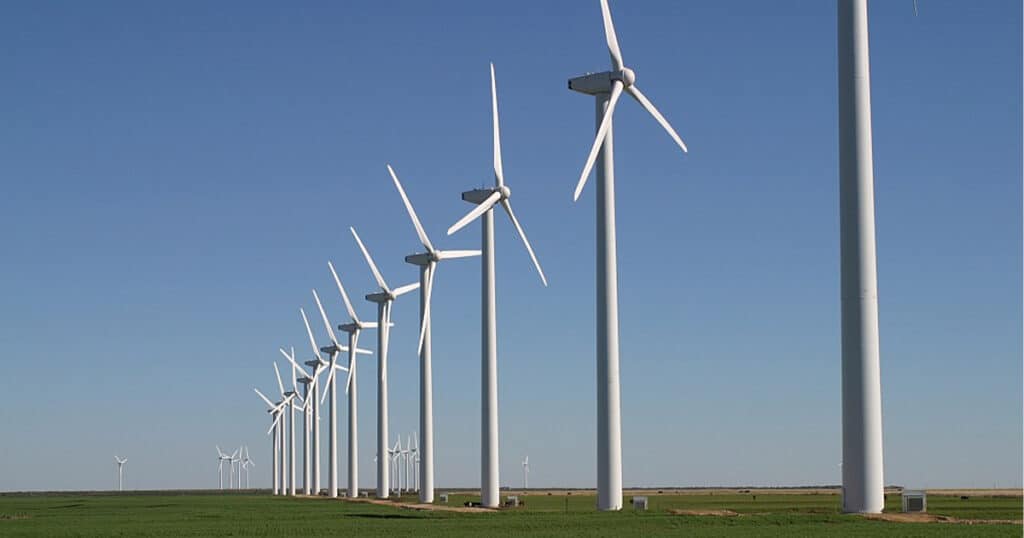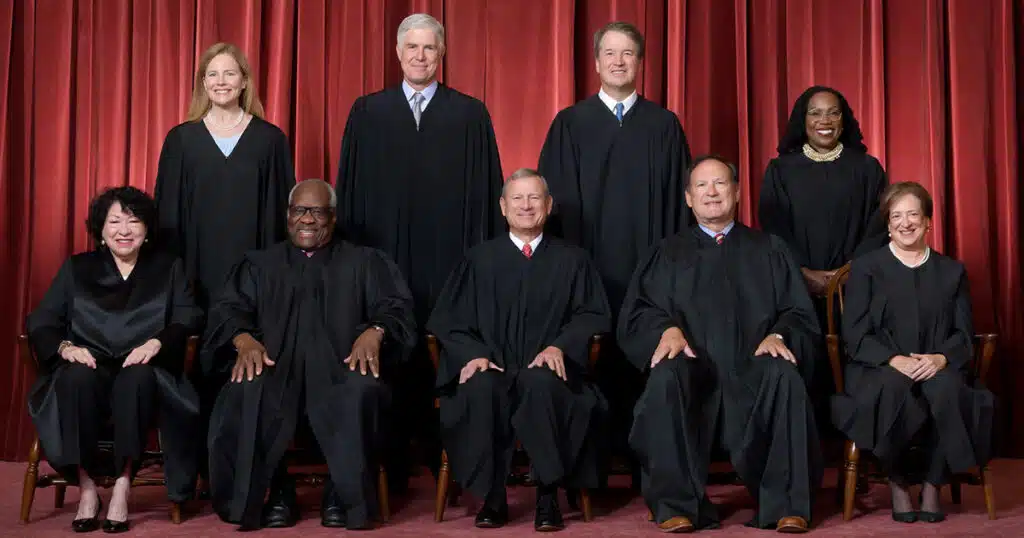
Energy experts: Battery storage for wind, solar to increase consumer costs
With the U.S. moving toward carbon-free forms of energy, experts say additional forms of storage are necessary for wind and solar power because they still lack the capacity to meet customer demands.
U.S. President Joe Biden’s administration plans to spend $325 million across several Long-Duration Storage Projects to cover the shortfall.
The U.S. Department of Energy is funding 15 projects across 17 states and one tribal nation to help further renewable energy and increase grid resilience. The long-duration energy storage is funded by the Bipartisan Infrastructure Deal. The goal is to reduce the cost of long-duration storage by 90% by 2030.
Wind and solar have the lowest capacities among the seven major energy sources, which also include nuclear, geothermal, natural gas, coal and hydro power.
The U.S. Department of Energy measures capacity factor by how often a plant is running at maximum power. A plant with a capacity factor of 100% means it’s producing power all of the time.
Wind capacity was 34.6% and solar was 24.6% in 2021 because wind power isn’t effective when the wind isn’t blowing and solar power doesn’t work when the sun isn’t shining. Other forms of energy are used when wind and solar are down.
Fossil fuels are meeting the vast majority of energy consumption in the U.S.
Petroleum met 35.75% of the energy consumption in 2022 in the U.S. while natural gas was 33.3% and coal at 9.8%. Wind was at 3.8% and solar was 1.9%.
Long Duration Energy storage is another option to help provide energy when renewable energy is lacking.
“As we build our clean energy future, reliable energy storage systems will play a key role in protecting communities by providing dependable sources of electricity when and where it’s needed most, particularly in the aftermath of extreme weather events or natural disasters,” U.S. Secretary of Energy Jennifer M. Granholm said in a media release.
According to the news release, the need for cheaper, longer, and more efficient storage is needed in hopes of meeting the energy demands that fluctuate between day and night.
Existing energy storage abilities are not sufficient or affordable enough to support today’s energy grid.
“Because wind and solar are intermittent sources, battery storage is needed for these sources in order to provide backup when the sun is not shining or the wind does not blow,” Alex Stevens, manager of policy and communications for the Institute for Energy Research, said in an email to The Center Square. “Therefore, the cost of storage is an additional cost of wind and solar power that will increase the price of electricity for consumers despite the myriad of subsidies governments are providing.”
Todd Myers, environmental director of the Washington Policy Center, said that more energy storage will be necessary as the U.S. transitions from reliable sources of energy to wind and solar.
Myers gave an example where, at noon on an October day, 80% of electricity demand was met by renewables. However, by 7 p.m. that same day, renewables provided just 6% of the energy. Batteries stepped in and provided 14% of the demand by using energy stored earlier in the day.
“Without batteries or hydro, there is no way to meet our electricity demands – even in California, where they have built a huge amount of renewable energy. Without batteries, the risk of blackouts increases,” Myers said in an email to The Center Square.
The problem, Myers said, is that battery storage is very expensive.
“We will need to build both energy generation – wind and solar – as well as the batteries to store it,” he said.



